Learn about the smart city technologies that are enhancing urban living. From smart grids to intelligent transportation systems, these innovations are making cities more efficient and livable. Urban areas are becoming smarter with the integration of advanced technologies. Here are twenty-two smart city technologies that are improving urban life. Discover how smart grids, intelligent transportation systems, and connected infrastructure are making cities more efficient, sustainable, and livable.
Smart Grids

Smart grids revolutionize the way electricity is distributed and consumed in urban areas. These advanced electrical grids use digital communication technology to detect and react to local changes in usage. This ensures a more reliable and efficient energy supply, reducing outages and enhancing sustainability.
By integrating renewable energy sources like solar and wind, smart grids help cities decrease their carbon footprint. They also provide consumers with real-time data on energy usage, empowering them to make more informed decisions about their consumption. This leads to cost savings and a more resilient power infrastructure.
Intelligent Transportation Systems (ITS)
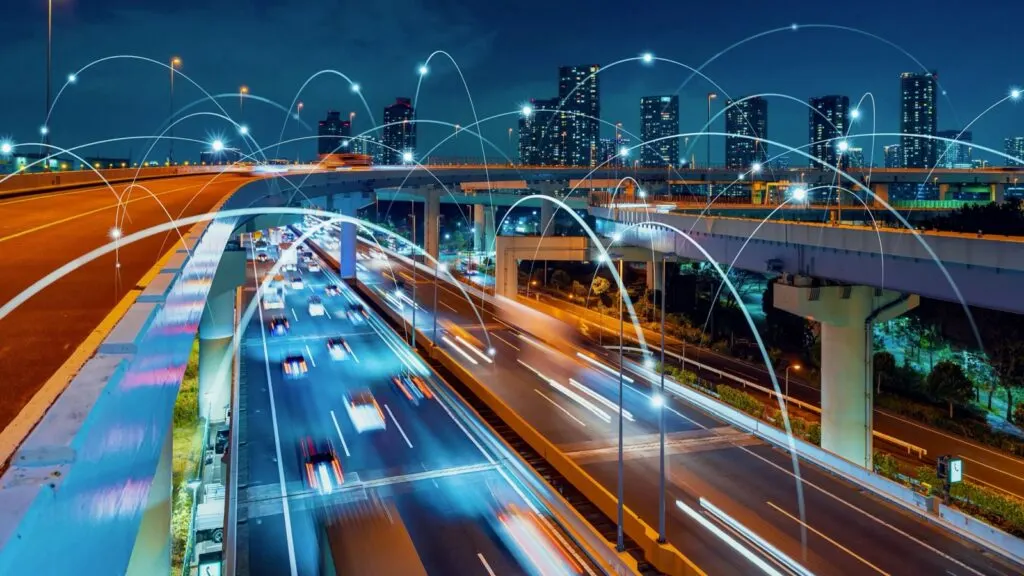
Intelligent transportation systems utilize technology to manage and improve transportation networks. These systems use sensors, cameras, and data analytics to monitor traffic flow and optimize traffic signals. This reduces congestion, improves safety, and minimizes travel times for commuters.
ITS also supports public transportation by providing real-time updates on bus and train schedules. This makes public transit more reliable and attractive to residents, reducing the number of cars on the road. Ultimately, intelligent transportation systems contribute to a smoother, more efficient urban mobility experience.
Connected Infrastructure

Connected infrastructure refers to the integration of various urban systems through the Internet of Things (IoT). This includes everything from streetlights to waste management systems being interconnected and communicating with each other. By doing so, cities can operate more efficiently and respond quickly to issues.
For example, smart streetlights can adjust their brightness based on the presence of pedestrians, saving energy. Similarly, connected waste bins can alert sanitation departments when they need to be emptied, optimizing collection routes. These technologies help create a more responsive and sustainable urban environment.
Smart Water Management
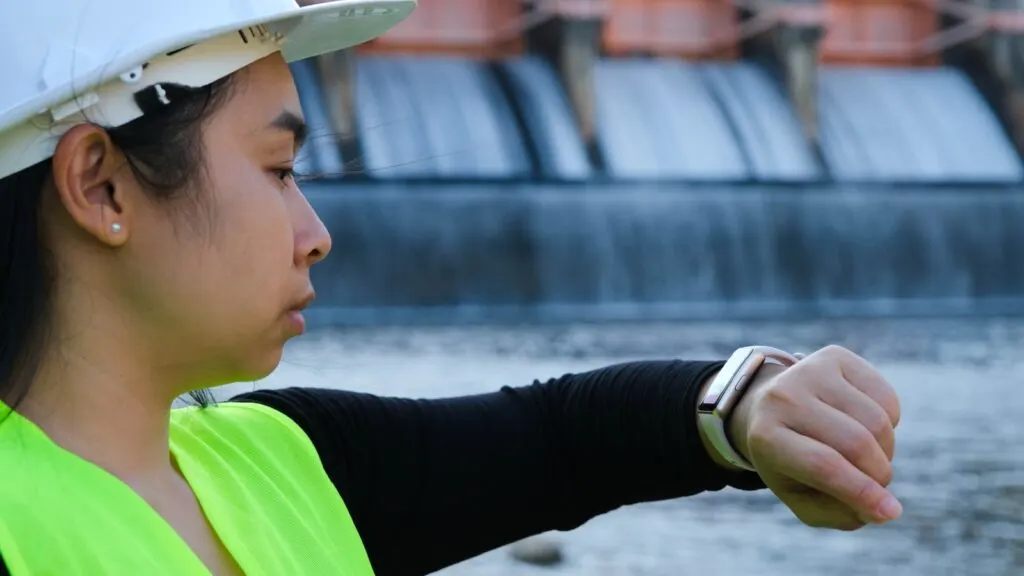
Smart water management systems use sensors and data analytics to monitor and optimize water distribution and usage. These systems can detect leaks in real-time, preventing water loss and reducing maintenance costs. They also help in managing water resources more sustainably, ensuring a consistent supply for residents.
Additionally, smart water meters provide consumers with detailed information about their water usage. This encourages water conservation and helps households reduce their utility bills. By improving the efficiency of water systems, cities can better manage this critical resource.
Public Wi-Fi Networks
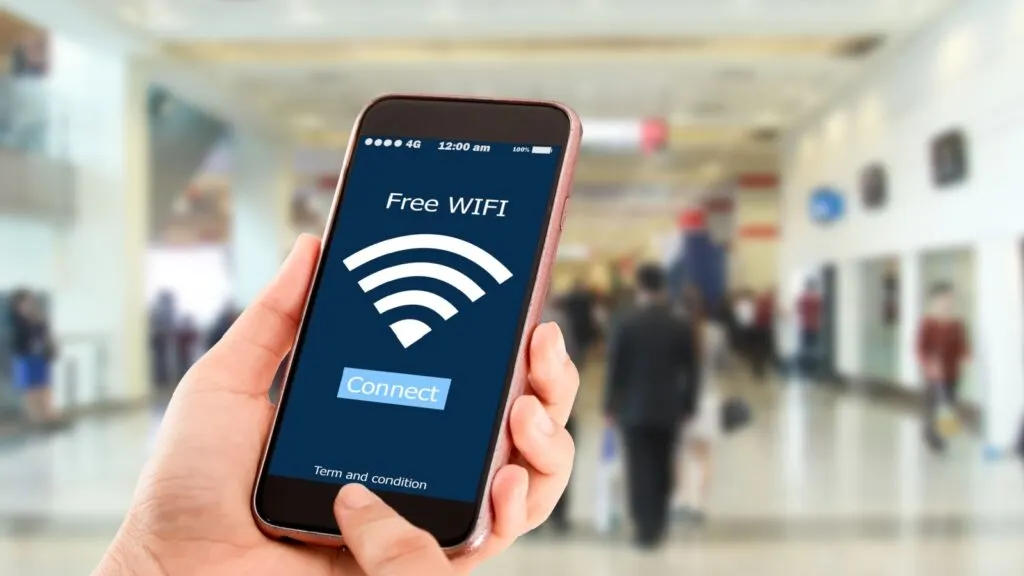
Public Wi-Fi networks provide residents and visitors with free or low-cost internet access in urban areas. These networks are crucial for bridging the digital divide and ensuring that everyone can benefit from online services. They also support the connectivity of various smart city technologies.
With widespread public Wi-Fi, cities can implement more connected services, such as digital kiosks and smart bus stops. These networks also facilitate better communication and information sharing during emergencies. Public Wi-Fi networks enhance urban life by making technology more accessible to all.
Smart Parking Solutions
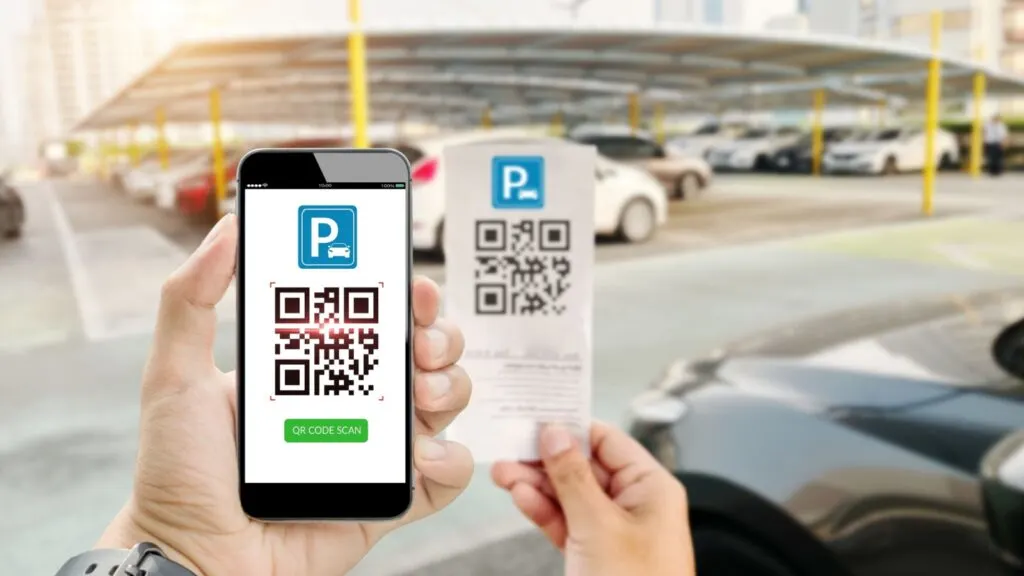
Smart parking solutions use sensors and mobile apps to help drivers find available parking spaces quickly. These systems reduce the time spent searching for parking, decreasing traffic congestion and emissions. They also provide real-time data to city planners, helping them manage parking resources more effectively.
In addition, smart parking apps can offer payment options via QR codes, making the process more convenient for users. By streamlining parking, cities can improve the overall driving experience and reduce the environmental impact of vehicles. Smart parking solutions contribute to a more organized and efficient urban environment.
Air Quality Monitoring
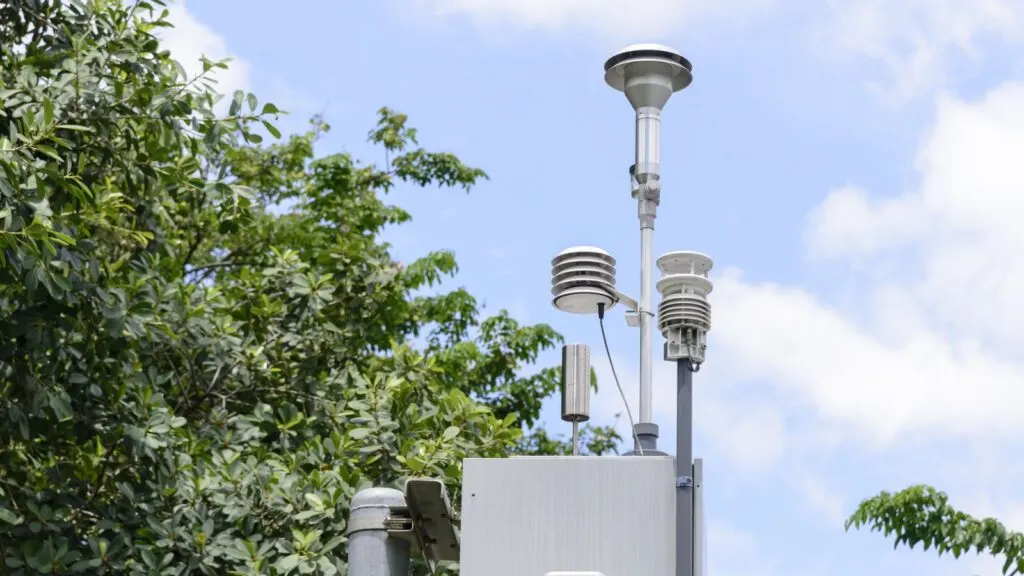
Air quality monitoring systems use sensors to track pollution levels in real time across the city. This data helps city officials identify pollution hotspots and implement measures to improve air quality. Residents can also access this information to make informed decisions about their outdoor activities.
Improved air quality leads to better health outcomes for urban populations, reducing respiratory issues and other pollution-related illnesses. By addressing air quality proactively, cities can create healthier living environments. Air quality monitoring is a crucial component of a smart city’s environmental strategy.
Smart Lighting

Smart lighting systems adjust the brightness of streetlights based on the presence of pedestrians and vehicles. This not only saves energy but also enhances safety by ensuring well-lit streets when needed. Smart lighting can also be controlled remotely, allowing for efficient maintenance and management.
These systems often include features such as dimming during low-traffic hours and automatic fault detection. By reducing energy consumption and maintenance costs, smart lighting contributes to a city’s sustainability goals. It also improves the quality of life by providing better-lit public spaces.
Waste Management Solutions

Smart waste management systems use sensors in bins to monitor fill levels and optimize collection routes. This reduces the frequency of waste collection trips, saving fuel and reducing emissions. It also ensures that bins are emptied before they overflow, keeping the city cleaner.
These systems can provide data on waste generation patterns, helping cities plan for better recycling and waste reduction programs. By making waste management more efficient, cities can reduce their environmental impact and operational costs. Smart waste management is a key aspect of sustainable urban living.
Smart Buildings
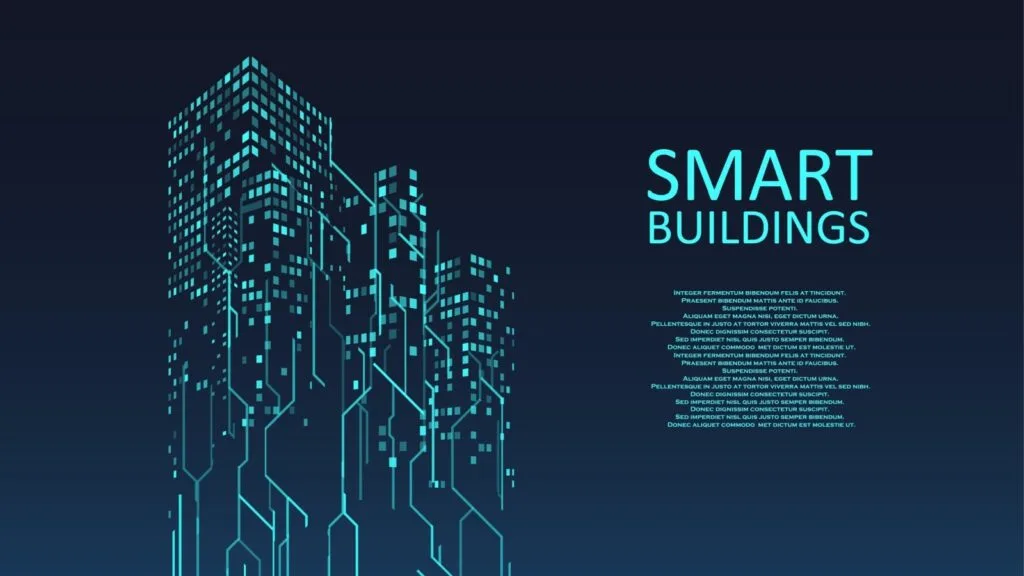
Smart buildings use technology to optimize energy use, enhance security, and improve comfort for occupants. These buildings are equipped with sensors and automation systems that control lighting, heating, and cooling based on occupancy and weather conditions. This reduces energy consumption and operational costs.
Additionally, smart buildings can include features like advanced security systems and integrated communication networks. These features improve safety and connectivity for residents and businesses. By creating more efficient and comfortable spaces, smart buildings contribute to the overall quality of urban life.
Autonomous Vehicles
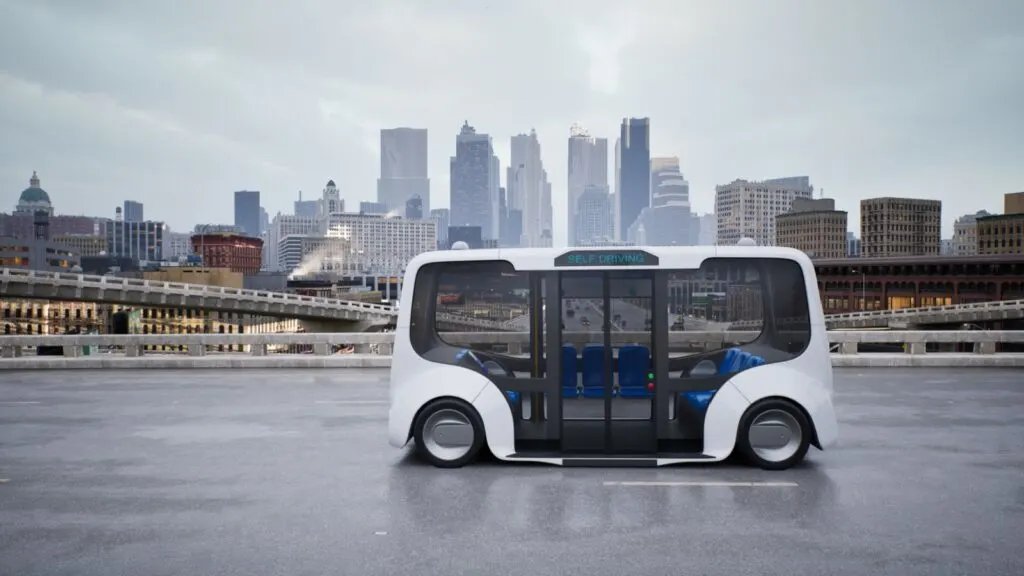
Autonomous vehicles are self-driving cars and public transit systems that use advanced sensors and AI to navigate without human intervention. These vehicles can reduce traffic accidents caused by human error and improve traffic flow by communicating with other vehicles and traffic management systems. They also offer mobility solutions for people who cannot drive, such as the elderly and disabled.
In addition to safety and accessibility, autonomous vehicles can lower transportation costs and reduce the environmental impact of urban mobility. By optimizing routes and driving patterns, these vehicles can decrease fuel consumption and emissions. Autonomous vehicles represent a significant step toward more efficient and sustainable urban transportation.
Smart Healthcare Systems
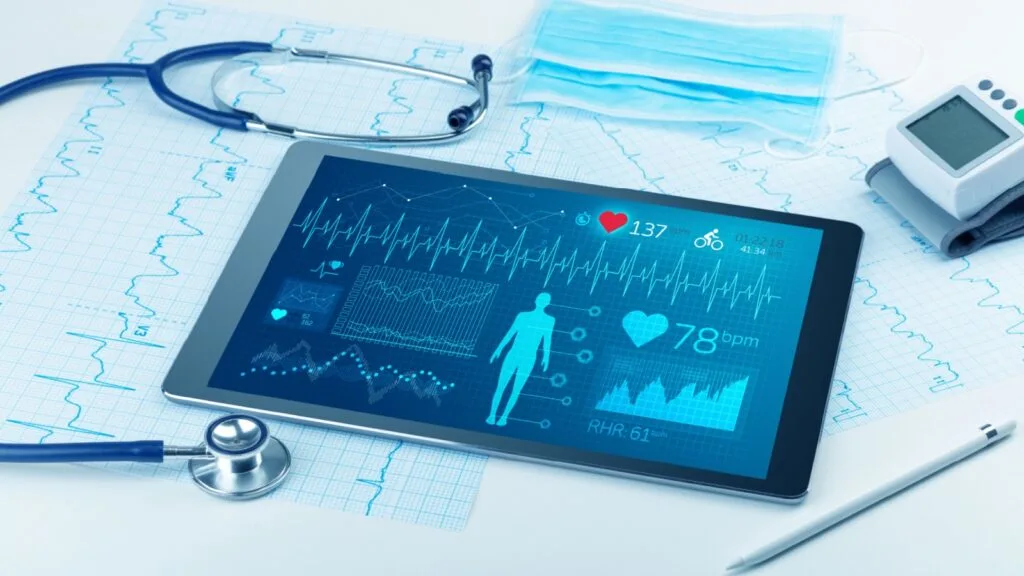
Smart healthcare systems integrate digital technologies to improve the delivery and management of healthcare services. This includes telemedicine platforms that allow patients to consult with doctors remotely, reducing the need for in-person visits. It also involves the use of wearable devices that monitor health metrics and provide real-time data to healthcare providers.
These technologies enhance the efficiency and accessibility of healthcare, particularly in urban areas with high population densities. By providing timely and accurate health information, smart healthcare systems can improve patient outcomes and reduce healthcare costs. They play a crucial role in maintaining the health and well-being of urban populations.
Smart Energy Management
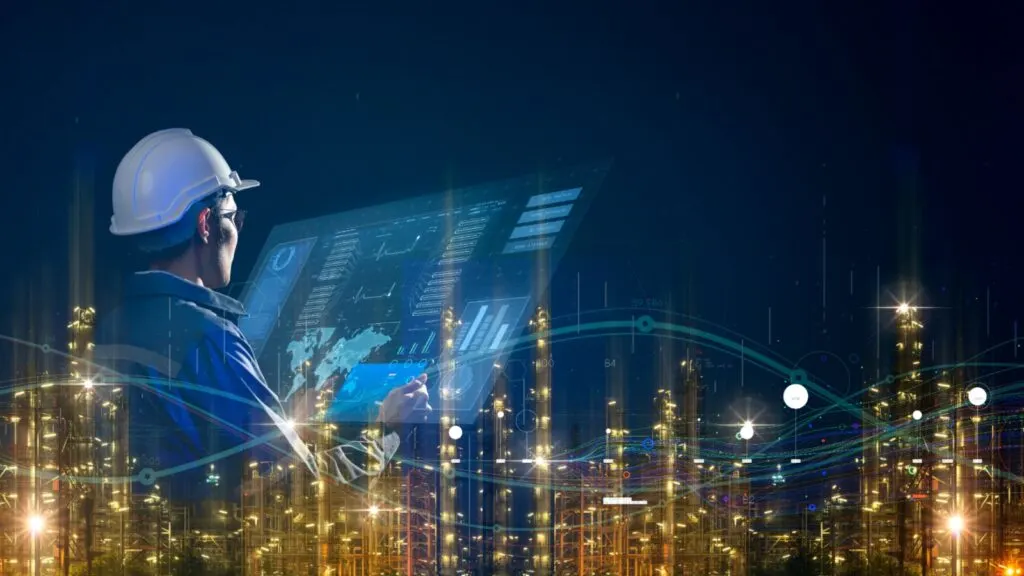
Smart energy management systems use data analytics to optimize energy consumption in buildings and public spaces. These systems can adjust heating, cooling, and lighting based on occupancy and weather conditions, reducing energy waste. They also support the integration of renewable energy sources, making urban areas more sustainable.
By providing detailed insights into energy use, these systems help businesses and households make more informed decisions about their energy consumption. This leads to cost savings and a lower environmental impact. Smart energy management is essential for creating efficient and sustainable cities.
Digital Twin Technology
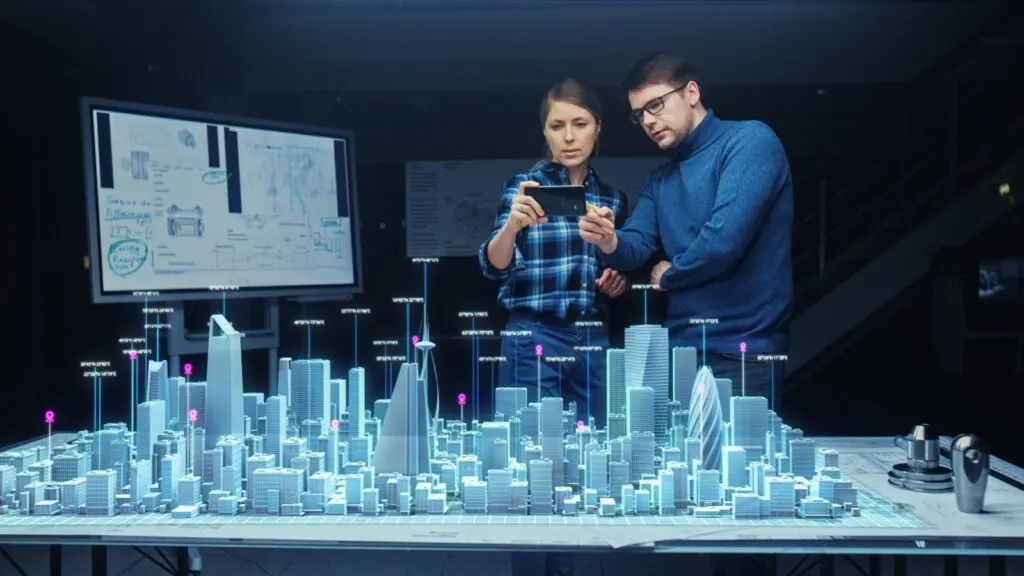
Digital twin technology creates virtual models of physical city infrastructure, allowing for real-time monitoring and simulation. These digital replicas can be used to test different scenarios, such as the impact of new construction projects or changes in traffic patterns. This helps city planners make better-informed decisions and improve urban management.
By providing a comprehensive view of the city’s infrastructure, digital twins can identify potential issues before they become problems. This proactive approach reduces maintenance costs and improves the resilience of urban systems. Digital twin technology is a powerful tool for enhancing urban planning and management.
Smart Public Safety Systems
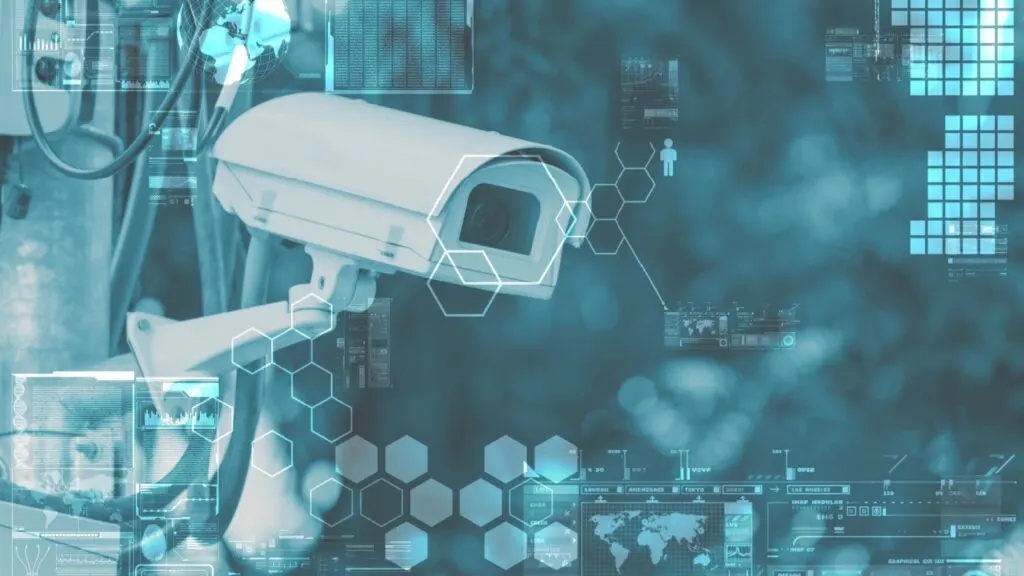
Smart public safety systems use technology to enhance the security and safety of urban areas. This includes surveillance cameras with advanced analytics that can detect unusual activities and alert authorities in real-time. It also involves the use of emergency response systems that can quickly coordinate resources during crises.
These technologies improve the efficiency and effectiveness of law enforcement and emergency services. By providing real-time information and coordination, smart public safety systems can reduce crime and improve response times. They play a crucial role in creating safer urban environments.
Urban Agriculture Technologies
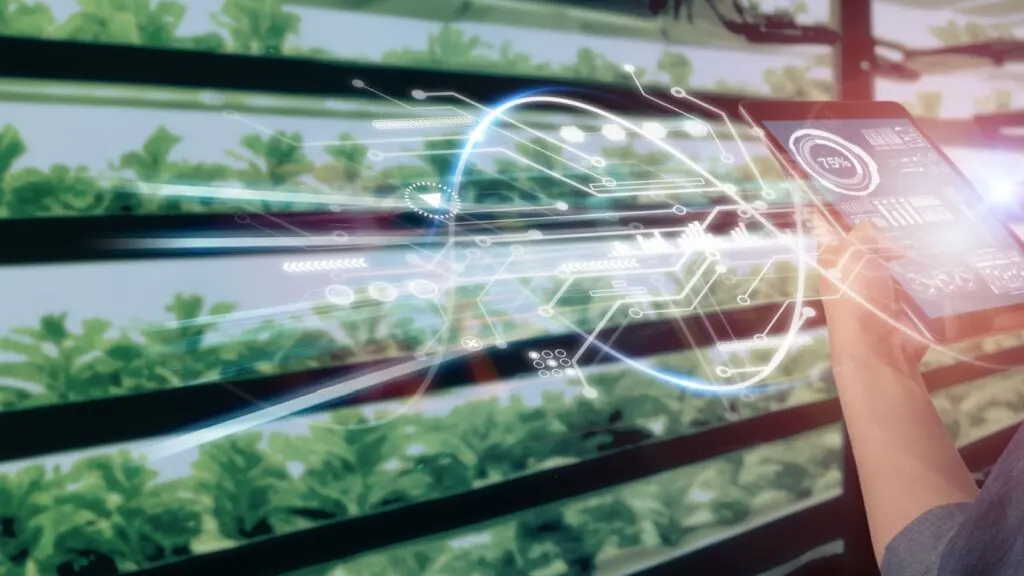
Urban agriculture technologies support the growth of food within city environments using methods such as vertical farming and hydroponics. These systems allow for the efficient use of space and resources, providing fresh produce to urban residents. They also reduce the carbon footprint associated with transporting food from rural areas.
By integrating urban agriculture into city planning, cities can enhance food security and promote sustainable living. These technologies also create green spaces that improve air quality and provide recreational opportunities. Urban agriculture is an innovative approach to making cities more self-sufficient and environmentally friendly.
Intelligent Traffic Management

Intelligent traffic management systems use sensors and data analytics to monitor and control traffic flow. These systems can adjust traffic signals in real time to reduce congestion and improve travel times. They also provide information to drivers through digital signs and mobile apps, helping them navigate more efficiently.
By optimizing traffic flow, these systems reduce fuel consumption and emissions, contributing to cleaner air. They also improve road safety by reducing the likelihood of accidents. Intelligent traffic management is essential for creating more efficient and livable urban environments.
Smart Tourism Solutions
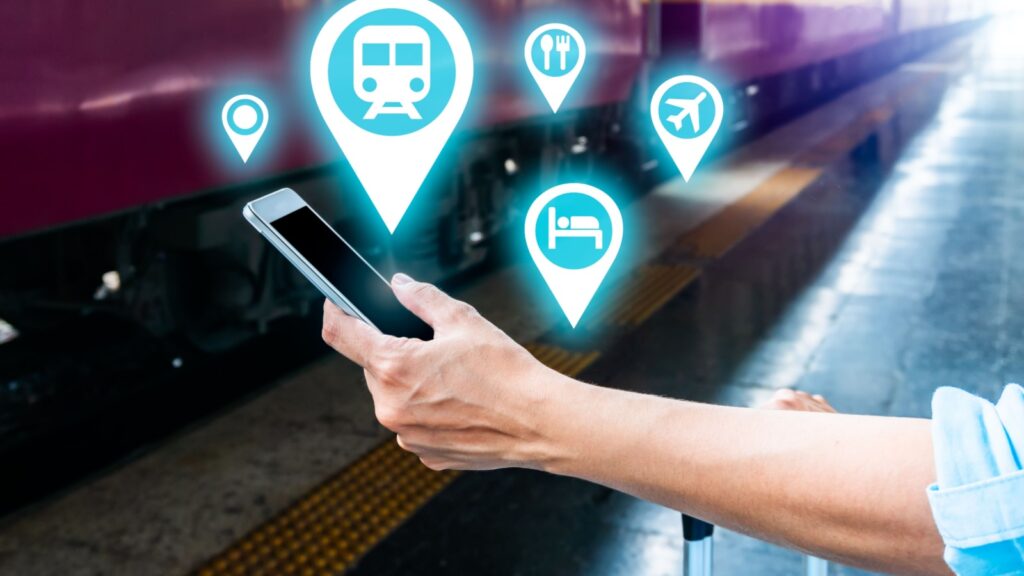
Smart tourism solutions use technology to enhance the experience of visitors in urban areas. This includes mobile apps that provide information about attractions, restaurants, and events. It also involves the use of augmented reality to offer immersive experiences and digital guides.
These technologies make it easier for tourists to explore and enjoy the city, boosting the local economy. They also provide valuable data to city planners about tourist behavior and preferences. Smart tourism solutions contribute to a more vibrant and accessible urban environment.
Smart Retail Systems
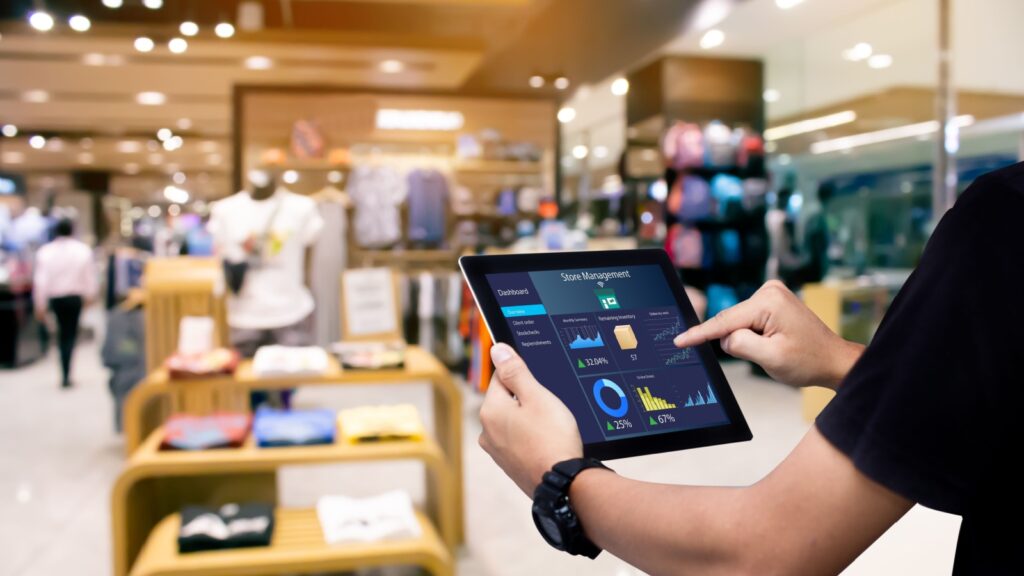
Smart retail systems use technology to improve the shopping experience and optimize retail operations. This includes the use of data analytics to track customer preferences and tailor product offerings. It also involves the implementation of automated checkout systems and personalized marketing.
These technologies enhance customer satisfaction and increase sales for retailers. They also provide valuable insights into consumer behavior, helping businesses make better decisions. Smart retail systems create a more efficient and engaging shopping experience for customers.
Smart Mobility Solutions

Smart mobility solutions encompass a range of technologies designed to improve urban transportation. This includes bike-sharing programs, electric scooters, and ride-hailing apps that offer convenient and sustainable travel options. These solutions help reduce traffic congestion and lower emissions by providing alternatives to car ownership.
In addition to reducing environmental impact, smart mobility solutions enhance the flexibility and accessibility of urban transportation. They make it easier for residents to move around the city and connect to public transit. By promoting alternative modes of transport, cities can create a more sustainable and efficient urban mobility system.
Smart Grid Energy Storage
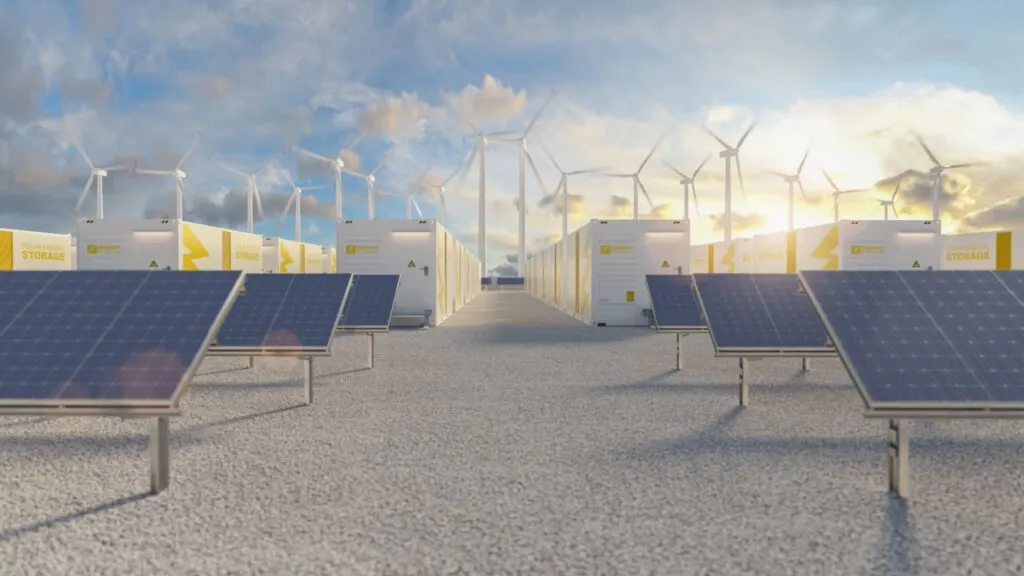
Smart grid energy storage systems store excess energy generated from renewable sources like solar and wind. This stored energy can be used during peak demand times or when renewable generation is low, ensuring a stable and reliable power supply. These systems enhance the efficiency and resilience of the urban energy grid.
By integrating energy storage with smart grids, cities can reduce their reliance on fossil fuels and increase the use of renewable energy. This helps in cutting down greenhouse gas emissions and promoting sustainability. Smart grid energy storage is a critical component of future-proof urban energy systems.
Smart Governance Platforms

Smart governance platforms use digital tools to improve the efficiency and transparency of city management. These platforms enable citizens to participate in decision-making processes through online portals and mobile apps. They also streamline administrative tasks, making city services more accessible and efficient.
By fostering greater engagement between residents and city officials, smart governance platforms enhance accountability and trust. They also provide valuable data that can be used to improve public services and urban planning. Smart governance platforms contribute to more responsive and effective city management.
